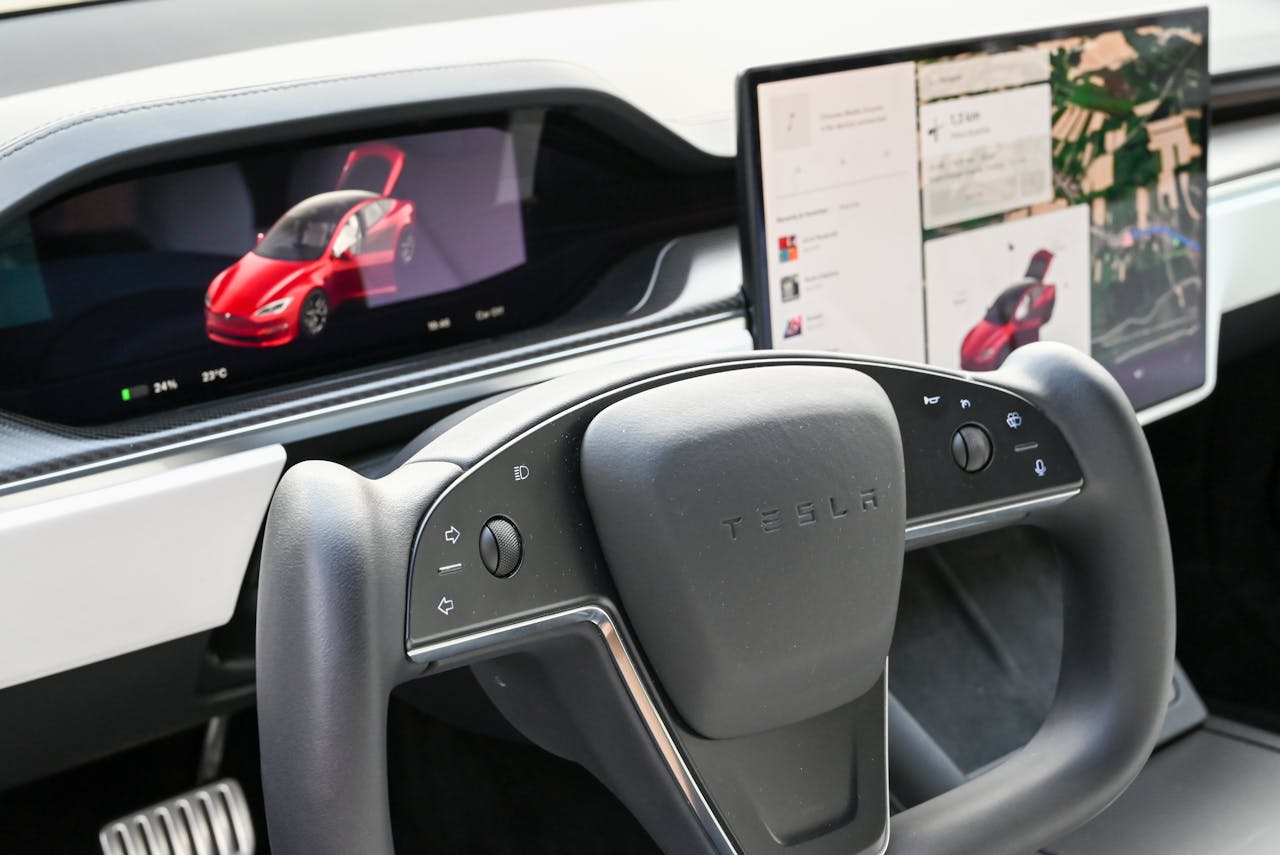Who Is Liable for FSD Accidents? A Deep Dive in 2025
As of 2025, the debate over who is ultimately responsible for accidents involving Tesla’s Full Self-Driving (FSD) technology is heating up globally. Whether it’s a minor collision in California or a fatal crash in Berlin, legal systems are struggling to adapt to a world where machines assist—or even replace—human drivers.
1. Legally, the Driver Is Still “In Charge”
Although Tesla’s FSD has become incredibly advanced—capable of navigating complex urban environments and highway interchanges without manual input—most countries, including the U.S., U.K., Germany, and Australia, still legally classify the driver as responsible.
- In the U.S., the National Highway Traffic Safety Administration (NHTSA) classifies Tesla FSD as Level 2 automation. This means the driver must remain attentive and ready to intervene.
- In Germany, the Federal Motor Transport Authority (KBA) echoes this stance, requiring constant supervision even during full autonomy trials.
- In the U.K., the Law Commission is working on distinguishing between “user-in-charge” and “no-user-in-charge” scenarios, but for now, legal blame often defaults to the human behind the wheel.
So if you were watching Netflix while your Tesla crashed into a parked truck, you’d still likely be held liable.
2. Insurance Companies Side with Human Responsibility
Another layer comes from insurers, who—predictably—prefer to assign fault to individuals rather than companies or software.
- Auto insurers in the U.S. and Canada routinely deny full coverage for FSD-related crashes if driver inattention can be proven.
- In the EU, some insurers are adjusting premiums based on the driver’s history with automated systems, but they rarely cover software-induced errors unless explicitly mentioned.
In practice, this means you might pay higher premiums or be left out of coverage altogether after an FSD incident.
3. Tesla’s Legal Position: You’re Still the Driver
Tesla’s own legal language is very clear. When you activate FSD, you’re agreeing to a Terms of Use that absolves the company from responsibility in most driving scenarios.
- The system requires you to confirm that you’re paying attention.
- Tesla vehicles issue frequent prompts to keep hands on the wheel, and disengagement of FSD under misuse is considered a breach of agreement.
In fact, in the infamous 2024 California lawsuit where an FSD-equipped Tesla killed a pedestrian, Tesla won the case, with the court agreeing that the driver had failed to maintain situational awareness.
4. But Wait—Some Courts Are Challenging This
In 2025, a few high-profile cases are challenging this narrative.
- In France, a court recently ruled Tesla 40% liable in an FSD crash that occurred due to software failure, citing insufficient driver override options.
- In South Korea, the Ministry of Land, Infrastructure and Transport is investigating a case where FSD failed to recognize a red light, raising product liability questions.
- Class action lawsuits are rising in the U.S., especially in California and Florida, arguing that Tesla overpromises capabilities that the FSD system cannot reliably deliver.
If these cases gain traction, we could see a shift in legal precedent, making manufacturers more responsible in the near future.
5. Regulatory Futures: Toward Shared Liability?
By mid-2025, regulatory bodies in the EU and Japan are working on frameworks that recognize “shared liability” between driver and manufacturer in Level 3+ automation scenarios.
Proposed directions include:
- Insurance split models (50/50 between human and OEM)
- Mandatory FSD black boxes, to log data for post-crash investigations
- Tiered licensing, where Level 3/4 drivers must pass additional tests and assume partial legal risk
Tesla has responded by enhancing its crash log transparency and lobbying against blanket corporate liability in Brussels and Washington D.C.
So… Who’s Really Responsible?
Until the law catches up with the technology, the safest assumption is: You are.
Unless you’re in a country that has officially approved Level 4 autonomy without human oversight (which as of July 2025, none has fully implemented for Tesla), you are the legal operator of the vehicle.
Key Takeaways:
- You remain liable for FSD crashes in most jurisdictions.
- Insurers generally side against the driver in FSD disputes.
- Tesla’s user agreement is legally protective—for them.
- Some courts and regulators are starting to challenge this setup.
- Expect hybrid liability models to become the norm post-2026.
Enjoyed this article?
Feel free to share it with friends, leave a comment, or check out our full Autonomous Driving Hub for more.
Is Tesla FSD Beta Safe in 2025? Real User Reviews & Safety Analysis



